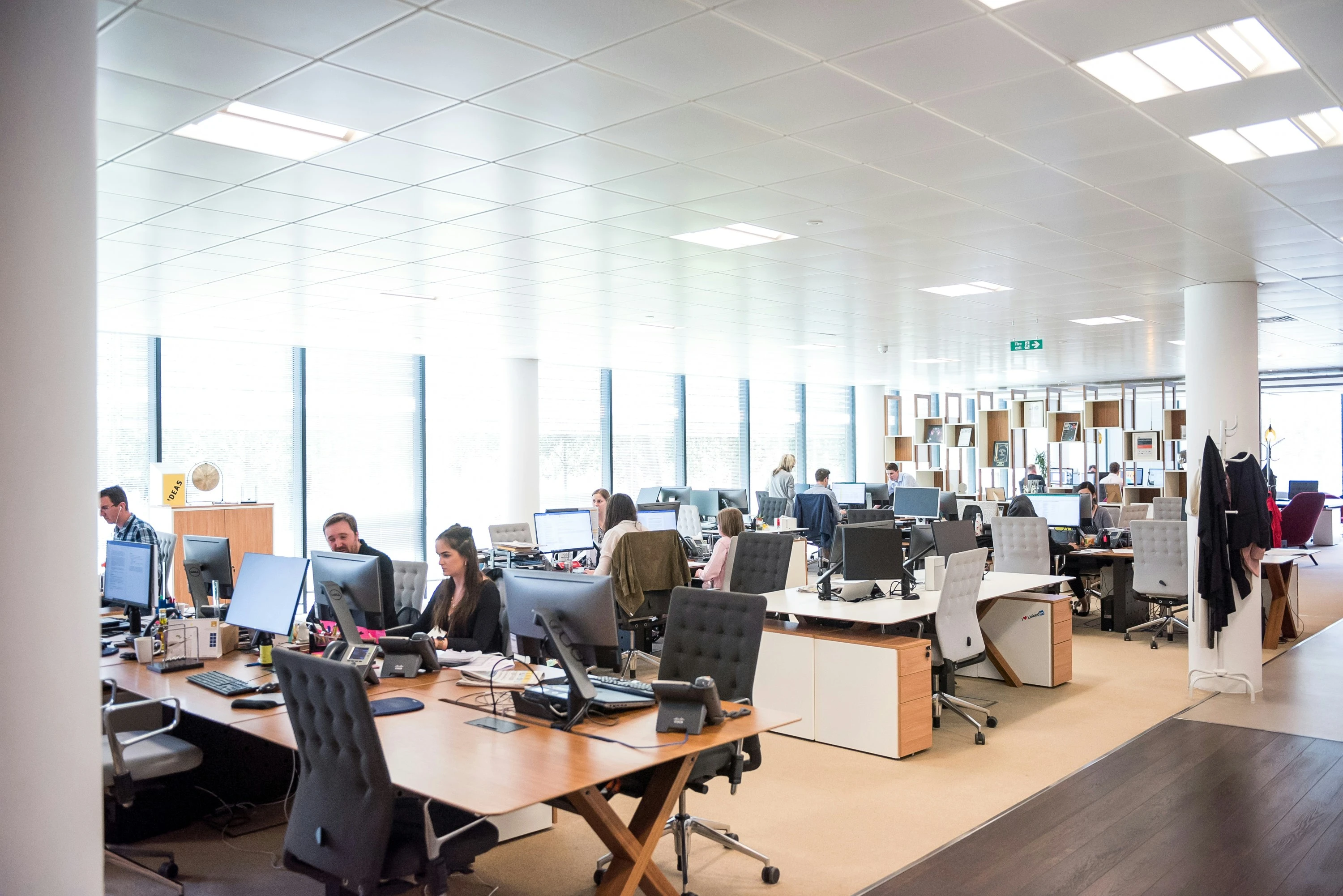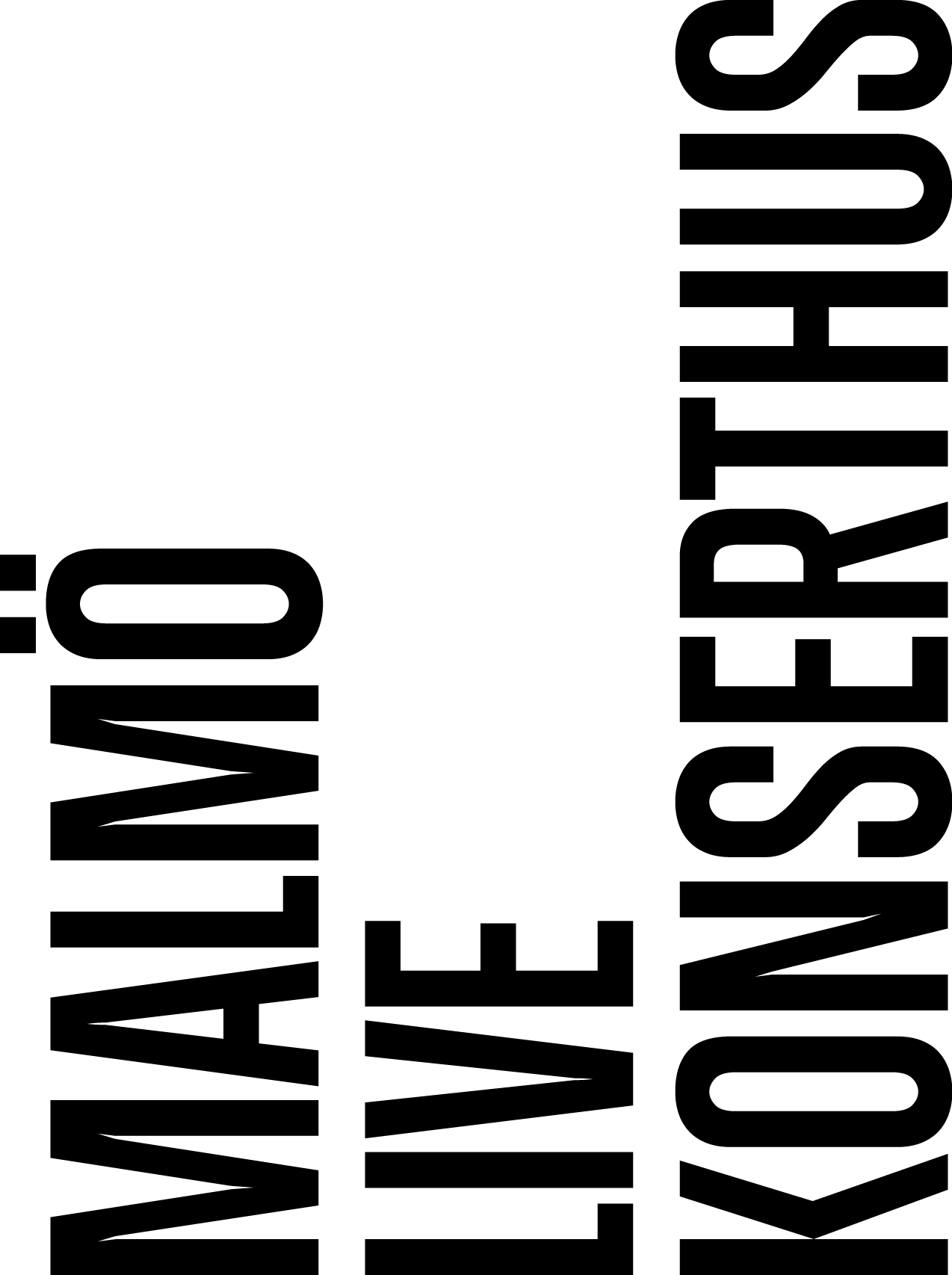How to turn assets into a competitive advantage?
5.10.2025

In discussions, competitive advantage is often linked to process optimisation, employee expertise, or the use of technology. However, one less visible but significant factor lies in how an organisation manages its assets. Tools, equipment, furniture, and other resources that belong to fixed assets form a large part of the foundation of daily operations while also tying up a considerable amount of value. When assets are properly managed, they can be turned into a true competitive advantage.
1. Optimising use and planning investments
Well-managed assets provide an organisation with a clear overview of what resources it holds and the condition they are in. When the utilisation rate of each device, tool, or piece of furniture is known, existing resources can be harnessed to their full potential. This reduces unnecessary duplication and helps to anticipate future purchases – investments need not be made “just in case”, but only where there is a genuine need.
2. A smart system brings information within reach
In practice, asset management relies on a system that makes handling information straightforward. When inventories can be carried out efficiently and real-time data is readily available, asset management becomes part of everyday operations rather than an occasional, laborious project. Users know where resources are located and what condition they are in, whilst management has a clear overall picture to support decision-making.
3. Savings in cost and time
Effective asset management reduces unnecessary expenditure on many levels. Misplaced tools, poorly timed purchases, and excessive stock place a burden on the budget. When assets are used systematically, money is saved, and staff can focus on productive work rather than searching for missing equipment. Time is also saved in the inventory process, which can be completed more quickly and with greater accuracy.
4. A more sustainable lifecycle
From the perspective of competitive advantage, responsibility should not be overlooked. Effective lifecycle management of assets enables longer and more sustainable use of resources. Preventive maintenance, proper use, and up-to-date information extend the lifespan of equipment and reduce environmental impact. This allows the organisation to achieve both financial and reputational benefits.
Summary
Asset management is not merely an administrative requirement but a strategic opportunity. When an organisation can optimise the use of its resources, make wiser investments, save on costs and time, and utilise its assets more sustainably, it can build a significant competitive advantage. It is not simply about management – it is about smoothing day-to-day operations and strengthening business performance.
Explore success stories

Yleisradio
Yleisradio's broadcasting equipment is managed with Trail. Trail provides visibility of the location, reservations, upcoming productions, and maintenance information of the equipment to those who are responsible for ensuring equipment availability.

TV2 Norway
At TV2 Norway, Trail plays a central role in managing camera equipment handouts and returns. Trail ensures clear visibility into which equipment is currently loaned out and which has been returned.

Malmö Live
Malmö Live implemented Trail successfully and have gained full control over their equipment and are managing the daily operations efficiencly. Now there is an improved sense of control over technical equipment.


